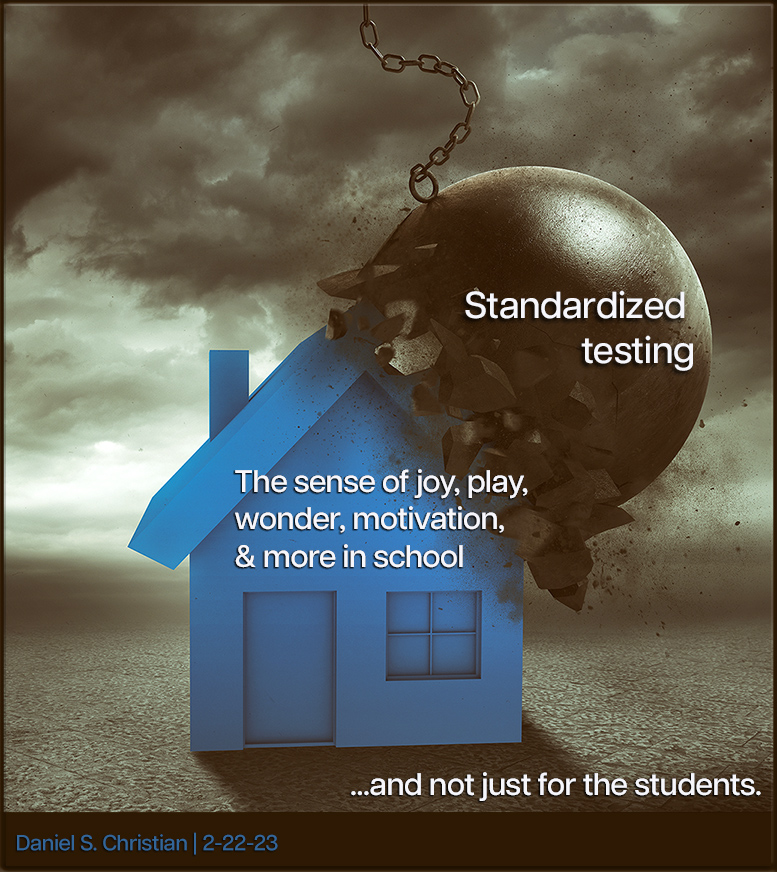Competition Can Motivate, Encourage and Inspire Students. But It Can Also Harm Them. — from edsurge.com by Patrick Harris II
Excerpt:
The American Psychological Association (APA) defines competition as “any performance situation structured in such a way that success depends on performing better than others.” Naturally, this could create challenges in a school setting, but in my experience, whether innate or as a product of a structure, competition itself isn’t always problematic. In fact, some studies confirm that competition has benefits, though they vary based on the individual and the competition.
…
Competition can be thrilling and motivating to those who choose to engage. But it’s important to remember that competition is not a golden key to unlock student engagement. Depending on how we use it, competition can also cause harm, such as anxiety, low self-esteem or negative feelings of self-worth.
For every student who was celebrated, there was another student who, by design, was shamed.
Looking back, these competitions weren’t used to teach students sportsmanship or resilience. They were used as gimmicks and antics to “motivate” students. I now recognize that I played a part in reinforcing a system of inequity by awarding those students who were already privileged.
From DSC:
I appreciate Patrick’s balanced article here — mentioning both the potential advantages and disadvantages of using competitive activities in the classroom.
I’m also going to comment on the topic of competition but from a different perspective. One that involves my faith journey and relationships.
I used to play a lot of sports and I played one sport at the university level. I mention this to establish that I’ve had my share of competition. In my experience, competition was anti-relational. That could have been just my perspective, but perhaps others share this perspective as well.
That is, I viewed people as to be competed against…not to be in relationships with. When my identity was tied up with my sport, that was ok. But as my identity changed in my senior year, it was not ok. When I became a Christian (in faith), my identity shifted big time. And the LORD wanted me to be in relationships with other people. Competition didn’t help that part of my journey.
As an aside, competition was also encouraged in terms of grades and performance in school — including at the university level. Several professors put our results up on the walls outside their offices — clearly showing everyone where they stood in the class. And I saw competition in the corporate world all the time as well. So while it’s something we here in the United States practice big time, it does seem to have its plusses and minuses.















